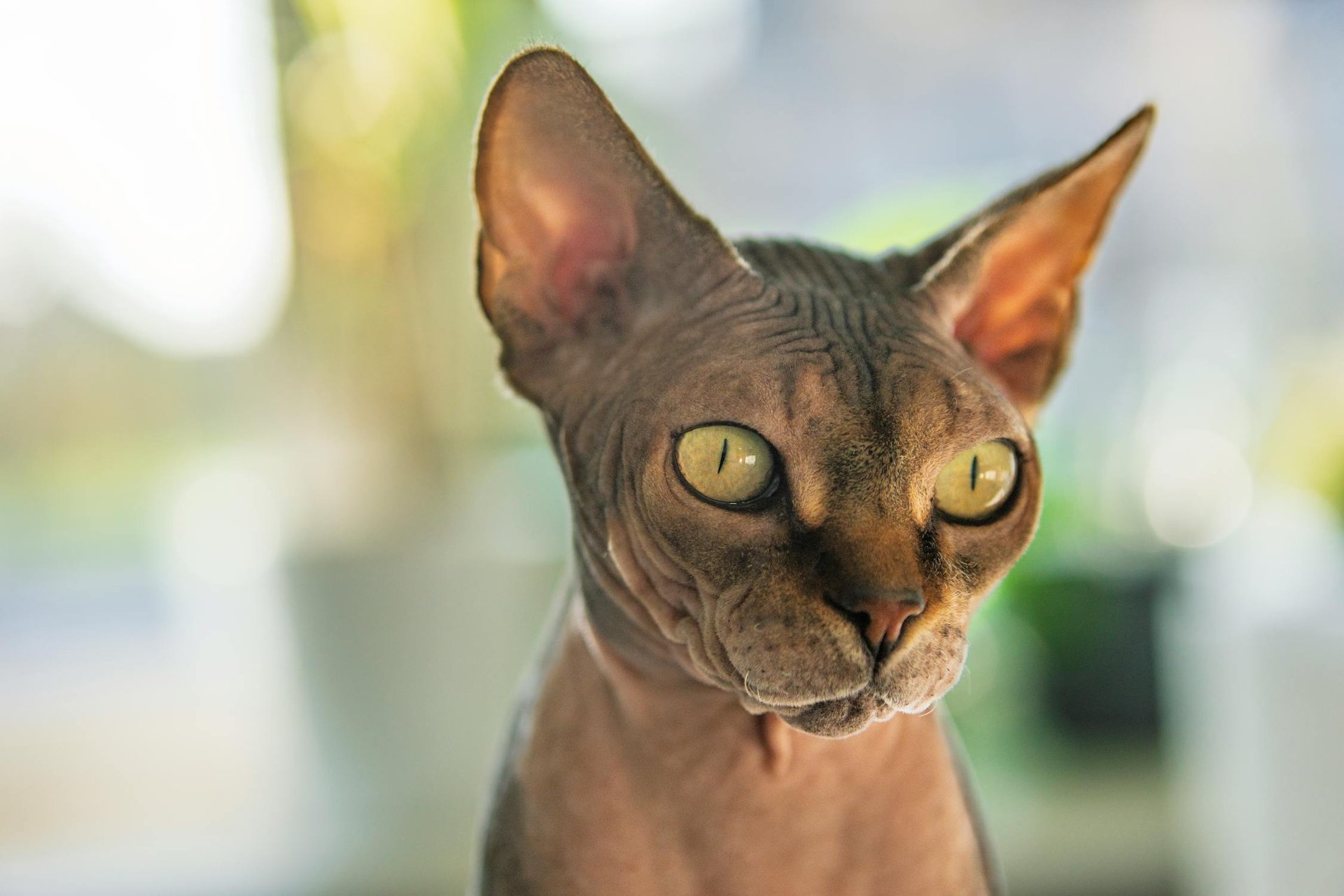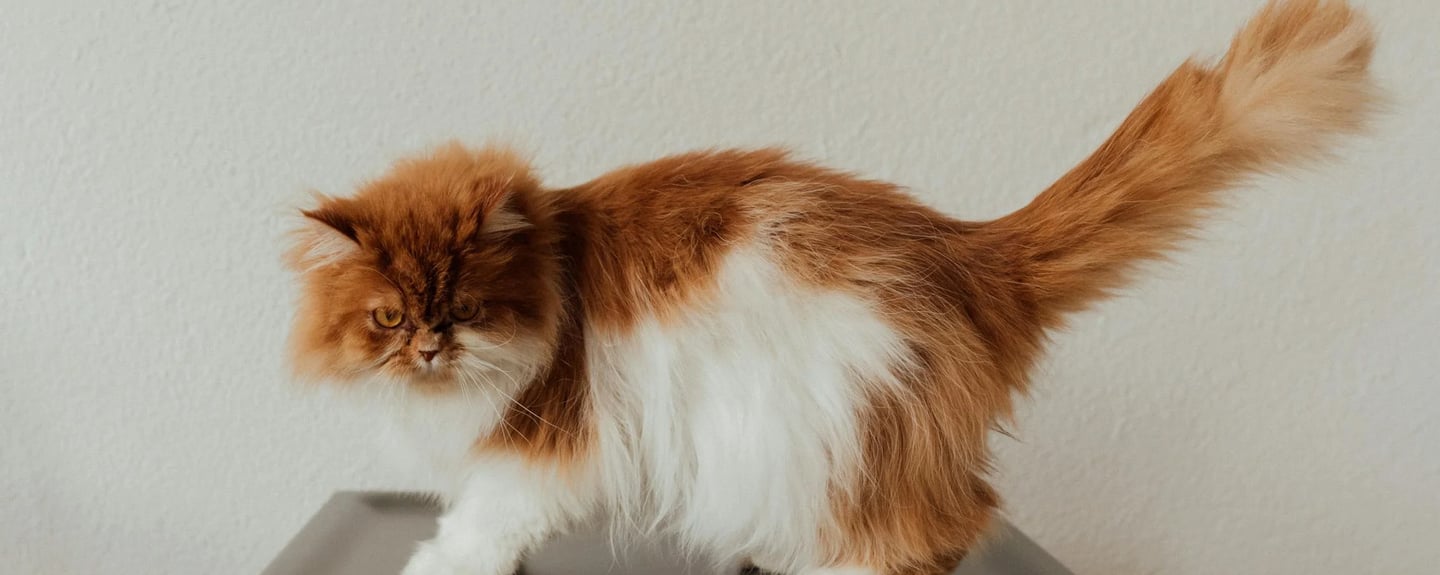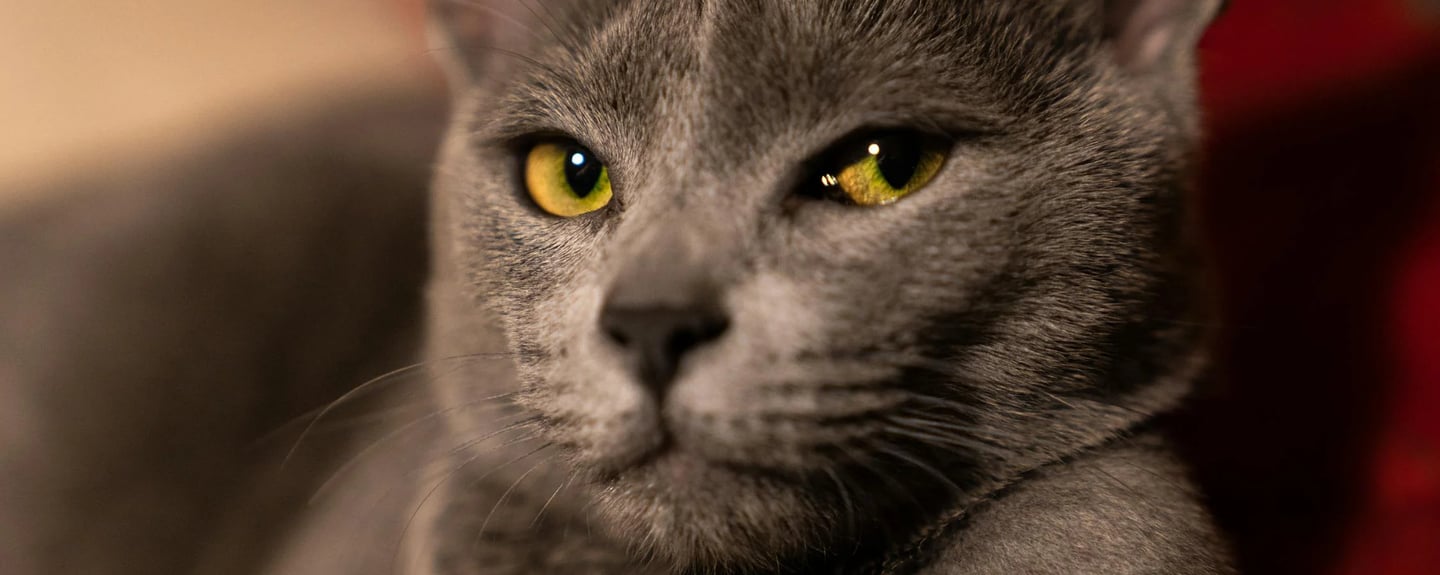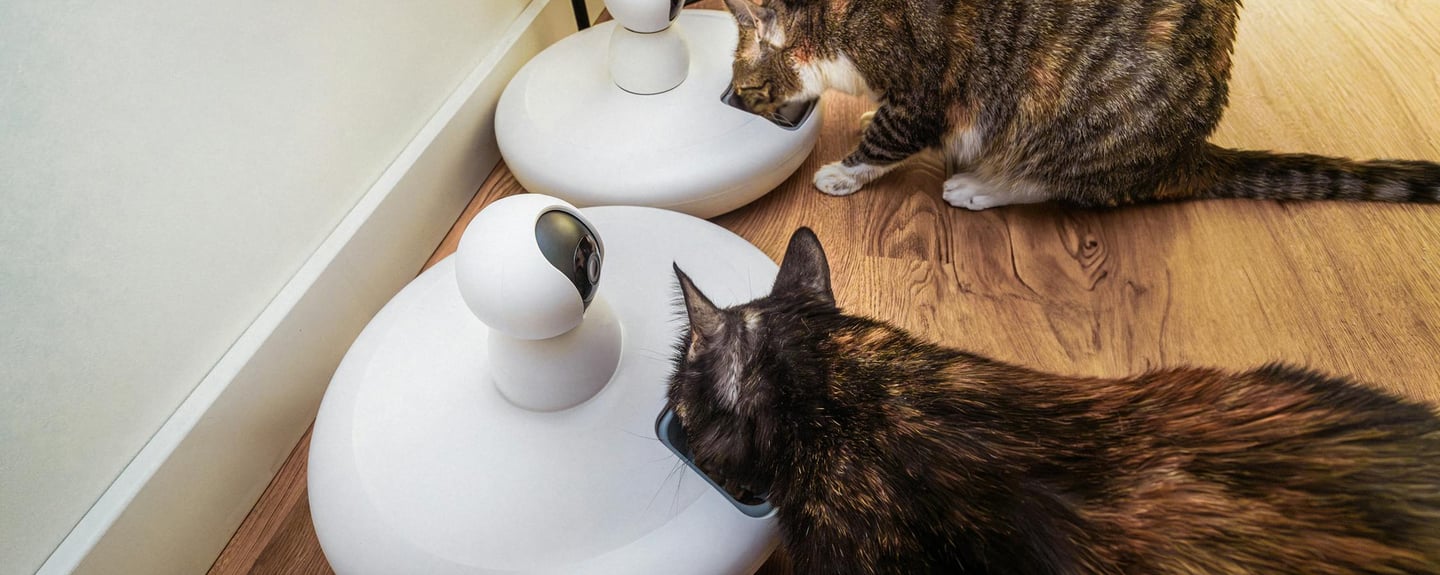Guaranteed Comfort and Complete Care for Your Pet.

Top 5 Low Shedding Cats For Dubai Cat Lovers


Living with high-shedding cats in Dubai can be uncomfortable. Hair spreads fast in warm, dry air, and constant cleaning becomes a daily task. Allergies may flare. This makes pet ownership harder, especially for busy households. Many residents now prefer cats with minimal shedding as these breeds shed far less and require less grooming, and they also help reduce allergens indoors. Low shedding cats suit Dubai's climate and lifestyle better. At Petland Wellness Dubai, we understand the needs of pet owners living in a warm, sandy climate. That’s why we highlight practical options for modern homes. Choosing cat breeds that don't shed offers relief for allergy-prone families, and it also helps keep indoor spaces clean. Below, we’ll introduce five low shedding cats that suit both the Dubai climate and city life.
Why Choose Cats with Minimal Shedding?
Living in Dubai means dealing with heat, dust, and dry air. Cats that shed heavily can make indoor spaces harder to maintain. Extra fur collects fast and sticks to furniture and floors. This raises allergy risks and adds more cleaning to your routine. That’s why many people prefer cats with minimal shedding. These breeds lose less hair and help keep homes cleaner. They’re also easier to manage if you have allergy concerns.
Cats with dense, long fur often feel more uncomfortable in Dubai’s heat due to the thick insulation.
While they shed less, care is still needed. Even with cats with minimal shedding, regular cat grooming in Dubai ensures a clean, healthy coat. It also reduces loose hair and helps prevent skin issues. Choosing cat breeds that don’t shed gives you more control over indoor air quality and cuts grooming time. In a climate where cleanliness matters, low shedding cats bring real relief to owners across the city, they suit the lifestyle, the space, and the conditions.
Which are Top 5 Cat Breeds That Don’t Shed Much?
If you want a cleaner home and fewer allergy triggers, cats with low shedding are a smart choice. These cat breeds that don't shed as much are ideal for those looking to avoid daily vacuuming or constant lint rollers. They also suit warm climates like Dubai, where excess fur can become a problem fast. Though no breed is entirely shed-free, except for the Sphynx, these five are known for their minimal hair loss and manageable grooming needs:
Sphynx: Hairless and bold, but their skin needs regular cleaning to stay healthy.
Russian Blue: Thick, plush coat, yet sheds very little and rarely triggers allergies.
Bengal: Short fur that feels soft and doesn’t leave much behind.
Oriental Shorthair: Sleek coat with low dander and easy upkeep.
Devon Rex: Curly hair that holds tight to the body and rarely drops.
These cats bring comfort and cleanliness without extra maintenance, especially in hot and dry environments.
Grooming & Health Tips for Low Shedding Cats
Low shedding cats still need regular care to stay clean and healthy. Dirt and oil can build up on their skin. Brushing two to three times a week helps remove loose hair and keeps the coat fresh. Use a soft brush with gentle strokes to avoid irritation. Wipe them with a damp cloth when needed. Regular baths aren't usually necessary unless your vet advises it. Always keep fresh water available, as hydration supports skin health and digestion. Even cats that don’t shed much can swallow hair while grooming. That’s why preventing hairballs in your cat should still be part of your routine. A fiber-rich diet helps move hair through the digestive system. Brushing also cuts down on how much fur your cat swallows. These small steps help keep your home cleaner and your pet more comfortable. Consistent grooming and good nutrition make a big difference in your cat’s daily well-being.
Issues Could Occur and are Hard to Notice
Some health issues don’t show clear signs at first, and you might miss them without regular checks. One common concern is a cat ear infection. It often starts with redness, odor, or head shaking. Skipping grooming makes it easier for dirt or moisture to build up in the ears. That’s when infections start. Other small problems can also go unnoticed. Matted fur, overgrown nails, or eye discharge can cause discomfort if ignored. Brushing helps you catch these signs.


The shorter the cat's fur, the easier it is to manage!
Hairballs are another concern, even with low-shedding breeds. Keep an eye on your cat’s grooming habits and waste. If you see coughing or vomiting, it may be time to adjust their care routine. Staying consistent helps you spot issues fast and avoid bigger problems. Short, daily checks make a big difference in your cat’s comfort and long-term health.
How to Prevent Hairballs in Low Shedding Cats?
Even cats that shed less can still get hairballs. Grooming leads to some hair being swallowed, especially during warmer months. Over time, that hair can build up in the stomach. To lower the risk, focus on three things, hydration, diet, and brushing. Always provide clean water. Moisture helps the digestive system move swallowed hair. Choose food that supports digestion and includes fiber. Brushing also matters, as it removes loose fur before your cat can ingest it.
Low-shedding breeds still benefit from regular brushing, especially during seasonal changes. Stick to a simple routine. Groom two to three times per week, depending on your cat’s coat. This cuts down on loose hair and supports healthy skin. Even cat breeds that don’t shed need care to avoid hairballs. Paying attention to daily habits helps prevent stomach issues and keeps your cat feeling well, as small efforts go a long way in keeping things clean and safe indoors.


Make sure you give your cat only the highest quality food.
Take Care of Your Cat's Food and Brushing, And Issues With the Fur Will Be No More!
Sphynx, Russian Blue, Bengal, Oriental Shorthair, and Devon Rex are smart picks for low shedding in Dubai. These breeds help you keep your space cleaner and reduce allergy triggers. Cats with minimal shedding are easier to groom and fit well into busy households. Still, they need basic care. Brushing, hydration, and diet help control hairballs and support skin health. Grooming also helps you spot problems early. Check for signs of irritation or infection during each session. Skipping care can lead to avoidable issues. Even healthy cats may need help with digestion and coat care. Regular grooming keeps your cat feeling comfortable and your home fur-free. Hydration and proper food also make a difference. Even short-haired cats need these small efforts, so keep your cat clean, healthy, and happy. These simple habits work well in hot, dry climates. Don't hesitate to contact Petland Wellness Dubai for further guidance and advice!
FAQ
Are low shedding cats completely hypoallergenic?
No. While low shedding cats produce less dander and hair, they can still trigger allergies. Regular grooming helps reduce allergens.How can I prevent a cat ear infection in low shedding breeds?
Check ears weekly. Keep them dry and clean. Regular grooming helps prevent buildup that may cause infection.Can low shedding cats still get hairballs?
Yes. Even cats that shed less can develop hairballs from grooming themselves. Brushing, hydration, and fiber-rich food help prevent them.How often should I trim my low shedding cat’s nails?
Trim every 2–3 weeks to avoid overgrowth and discomfort. Keep an eye on claw length during grooming.

